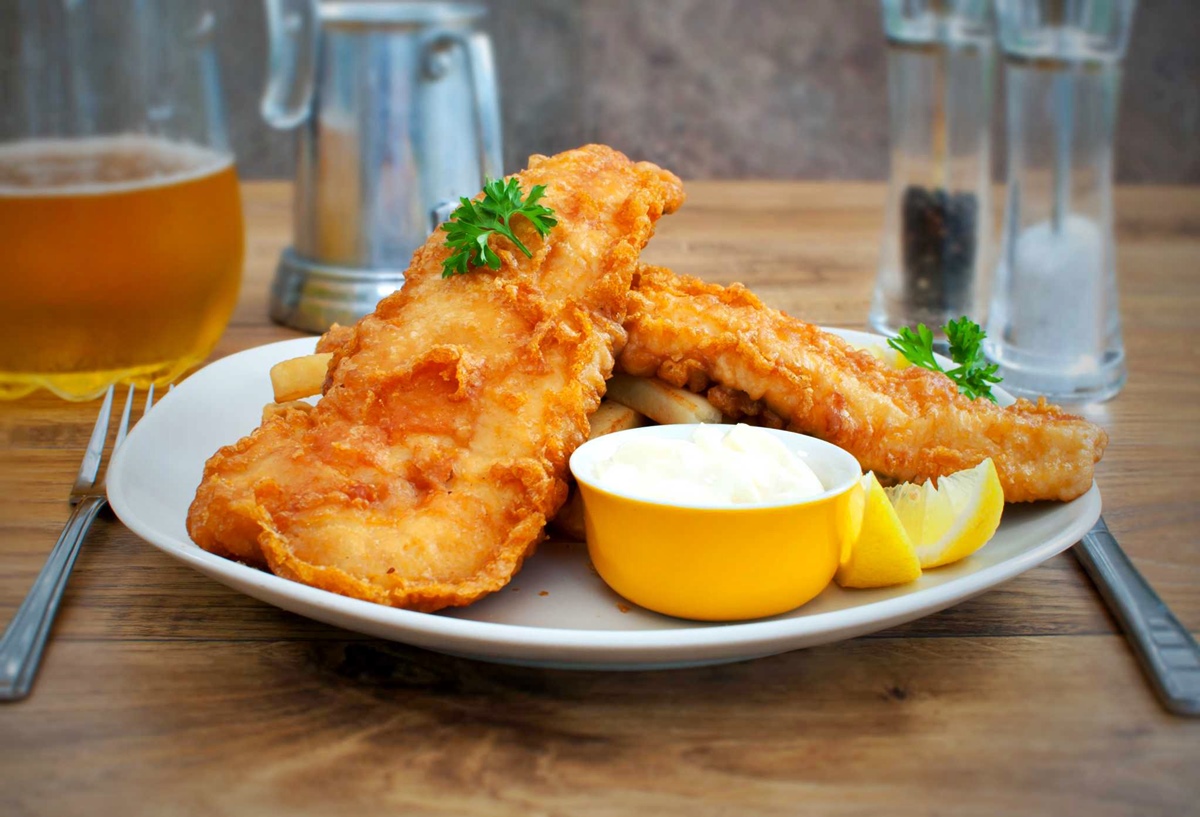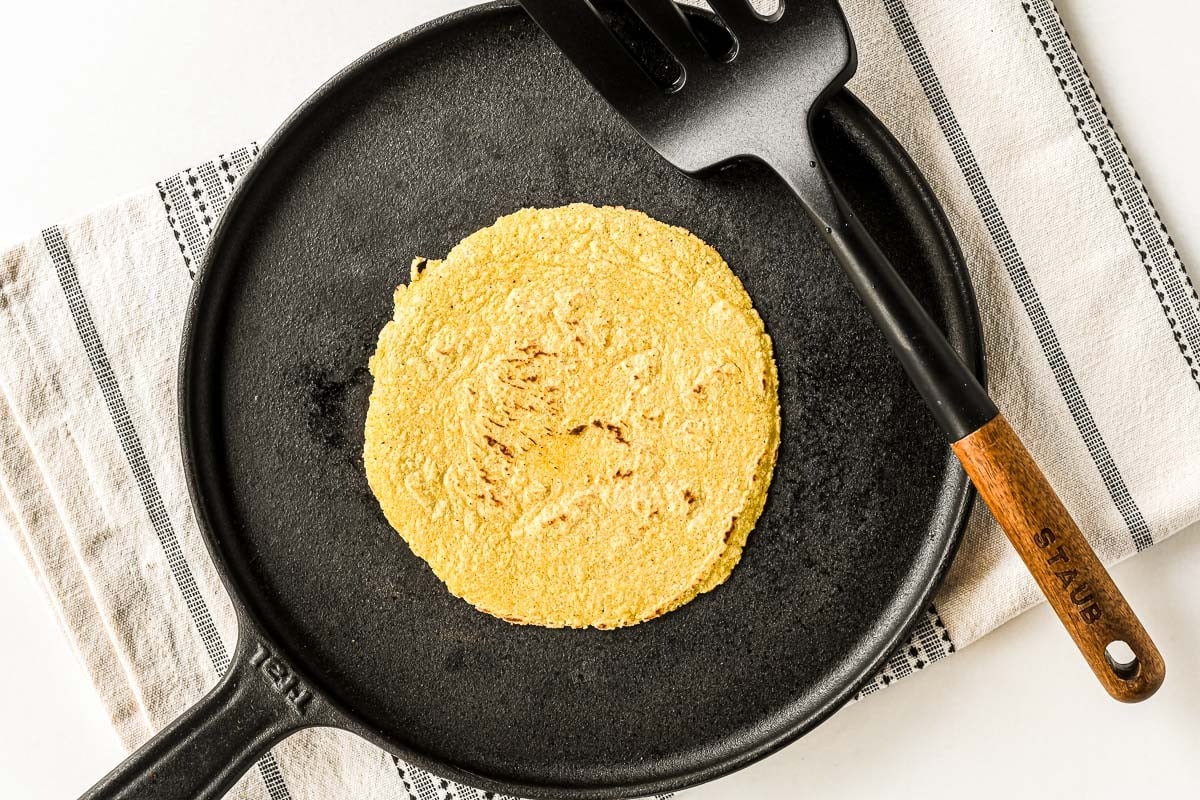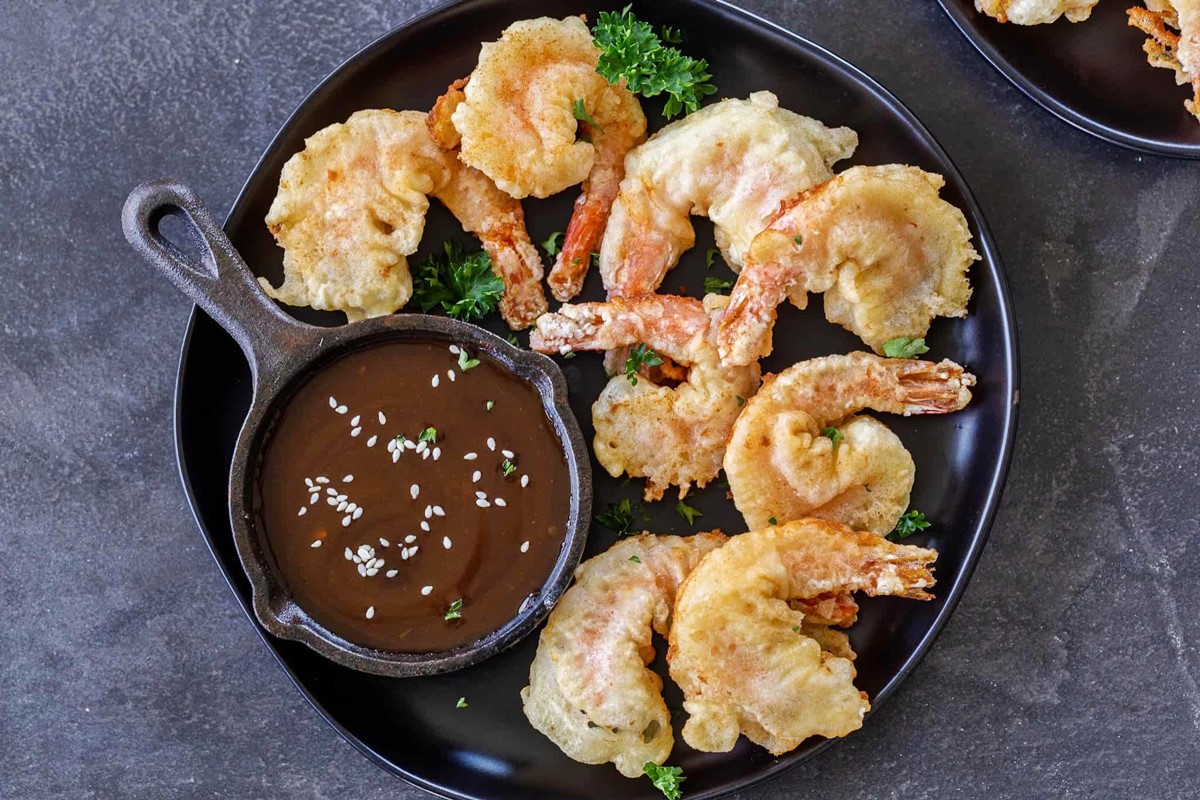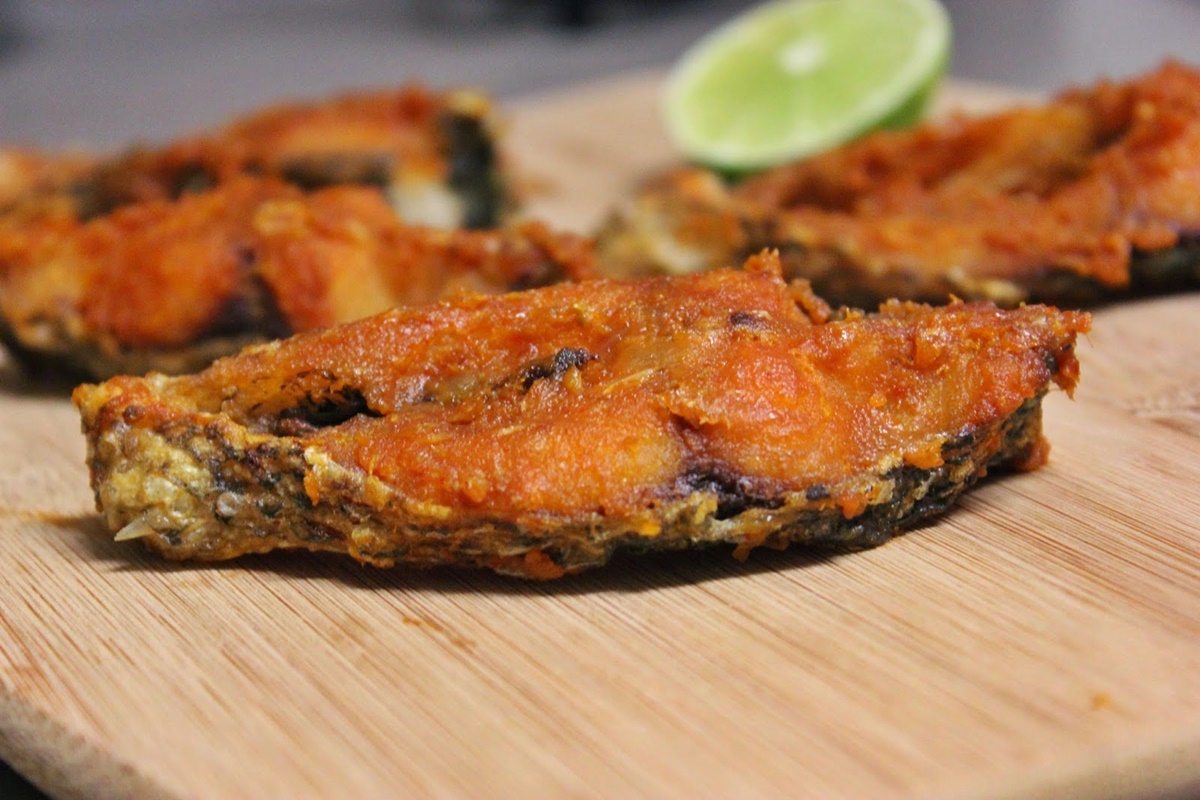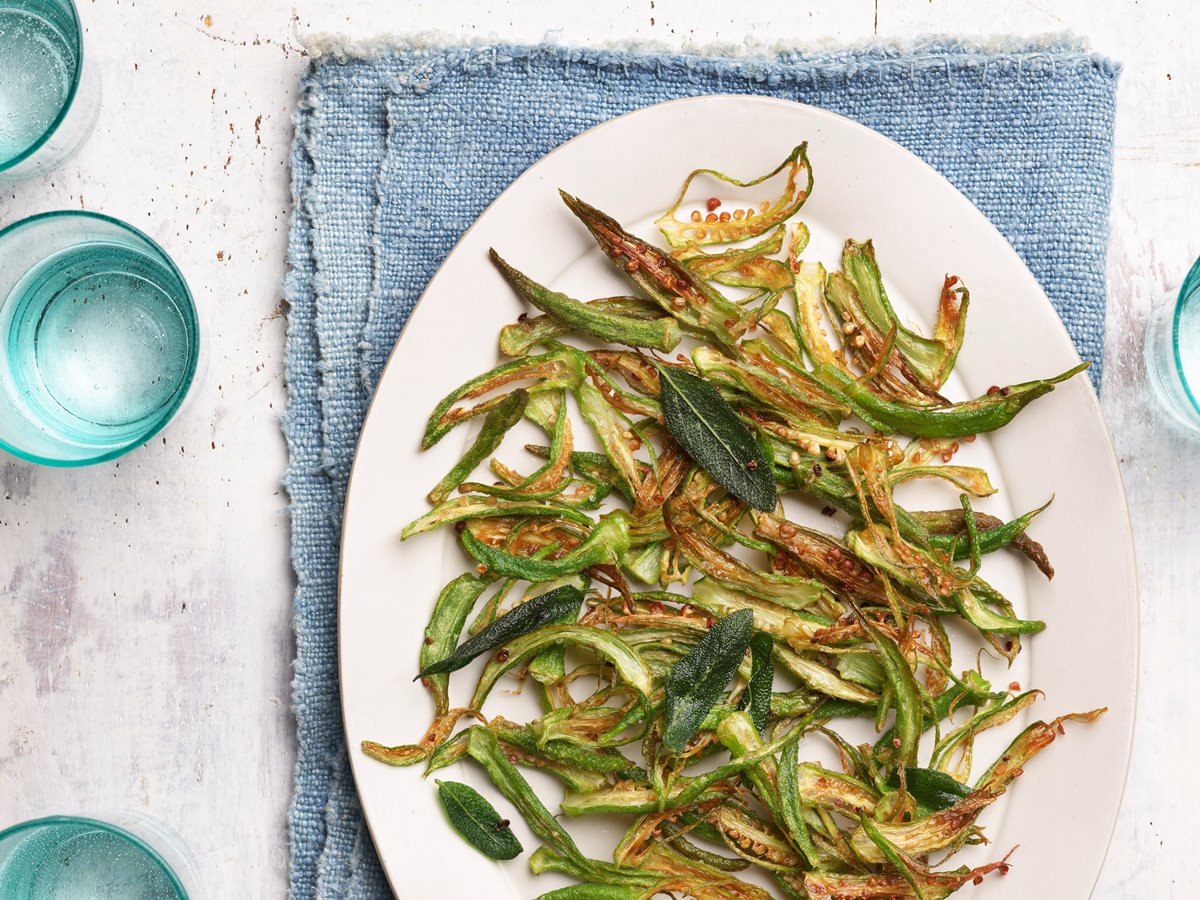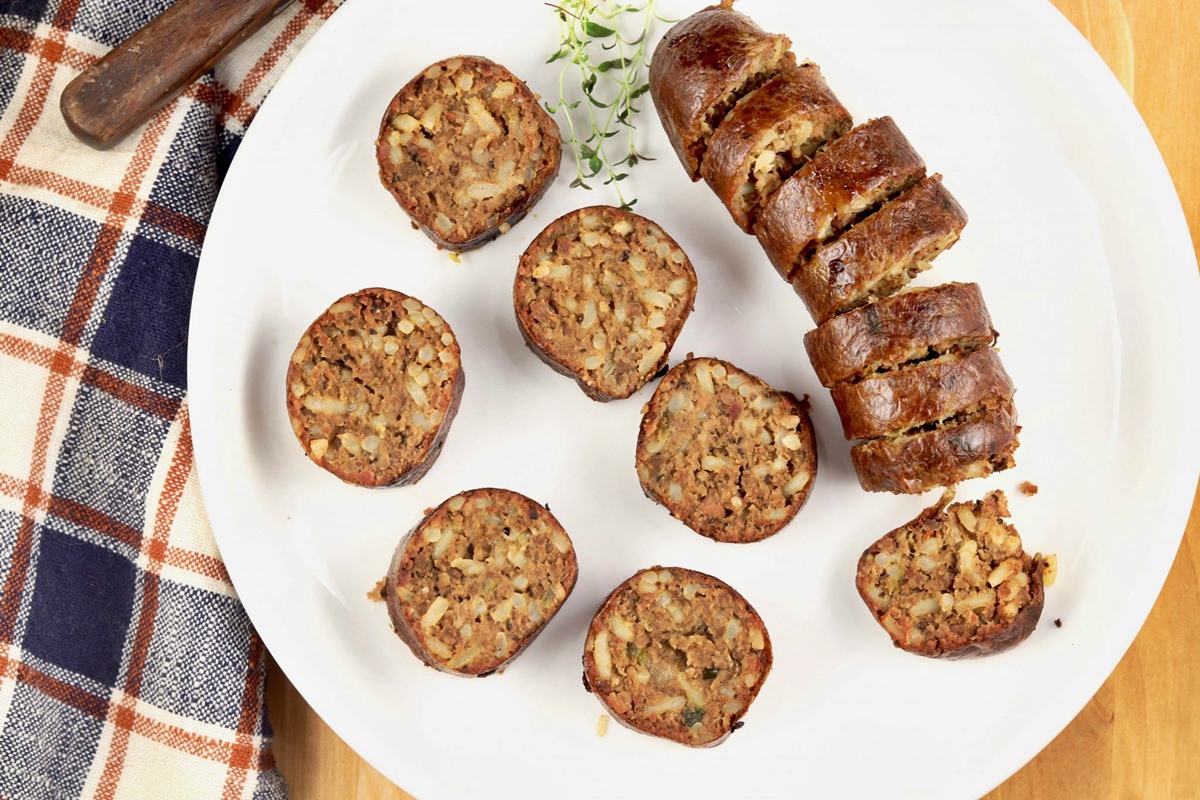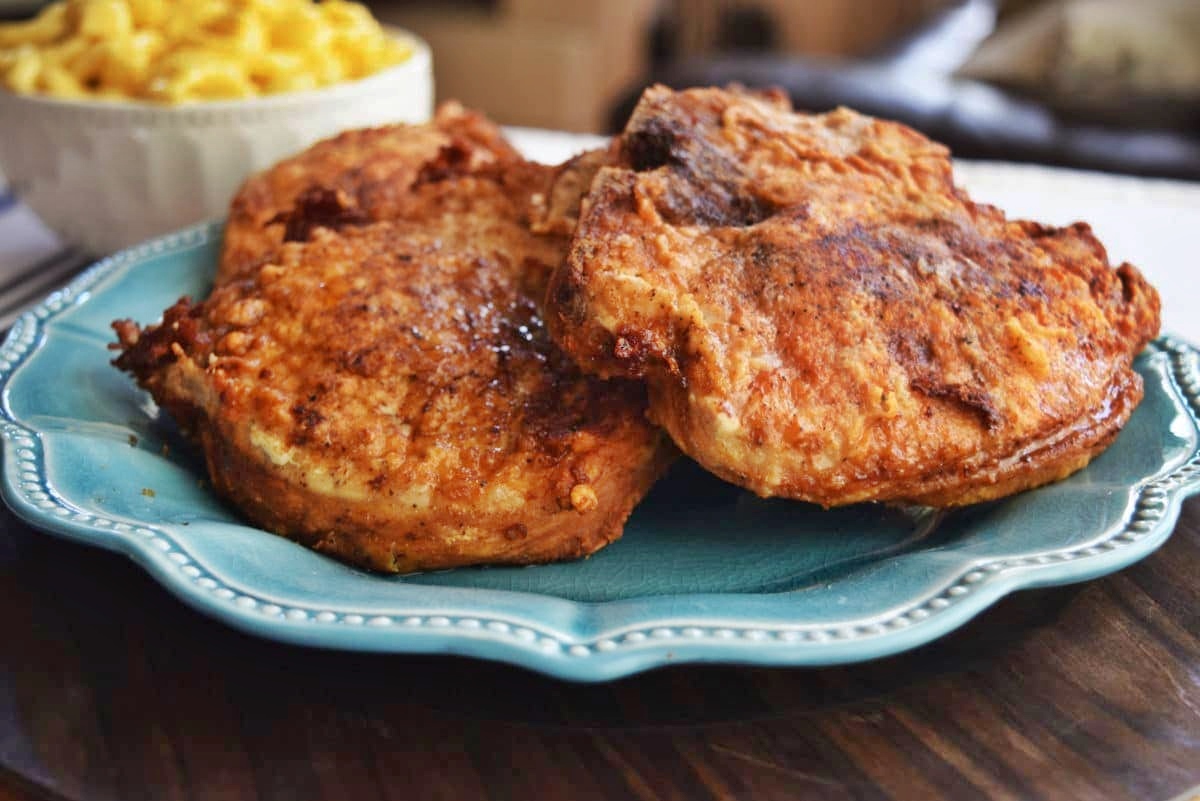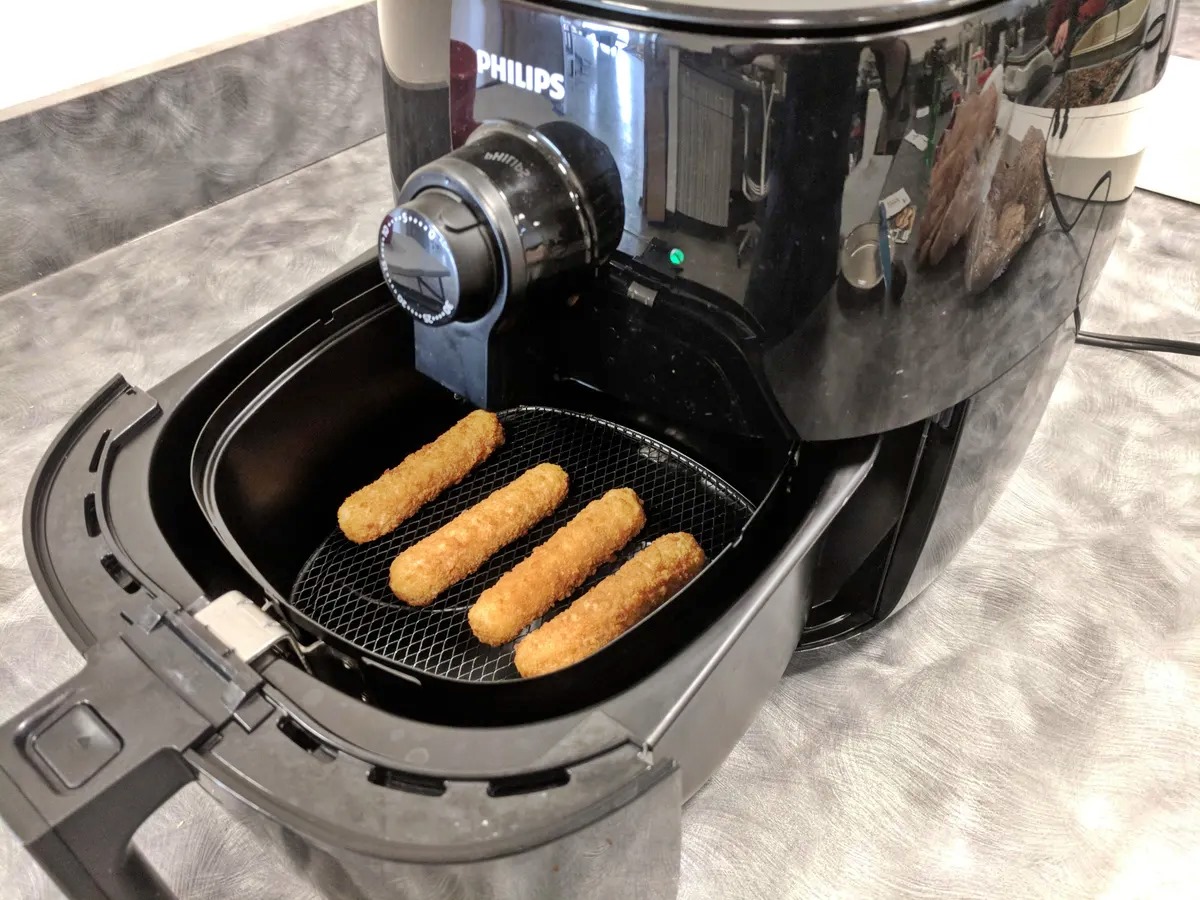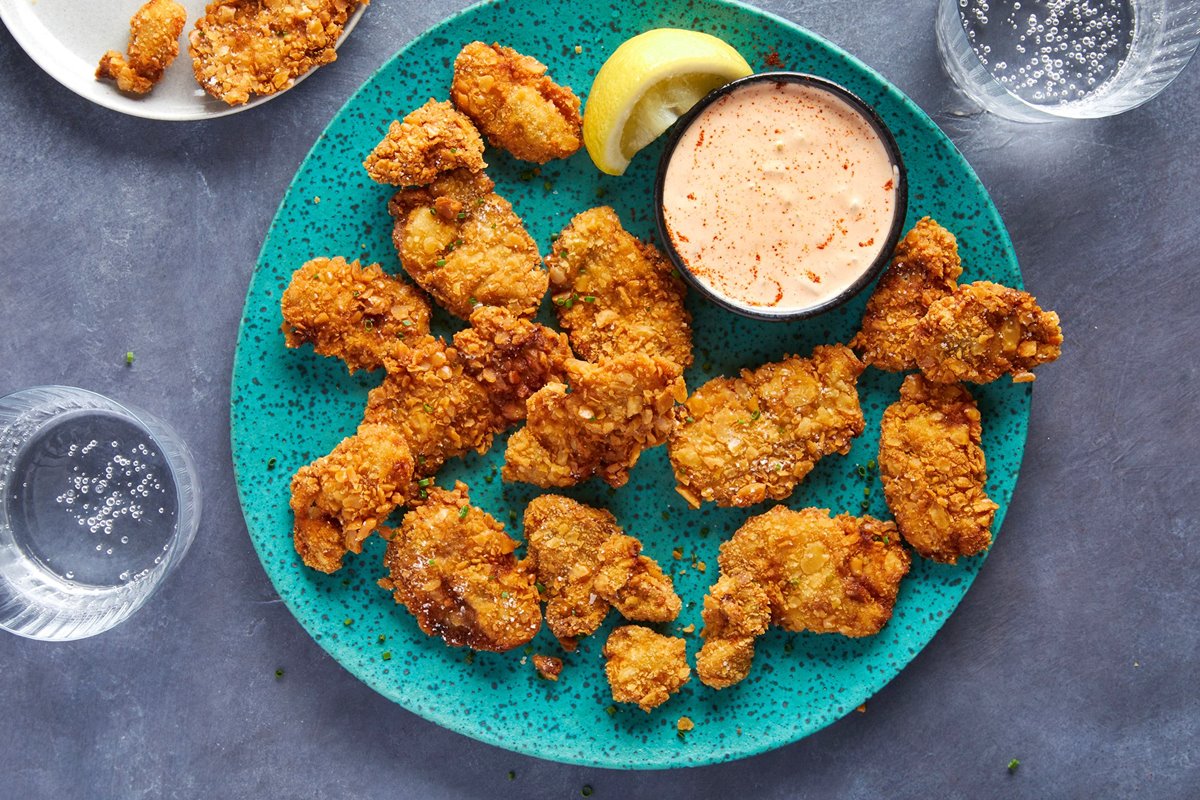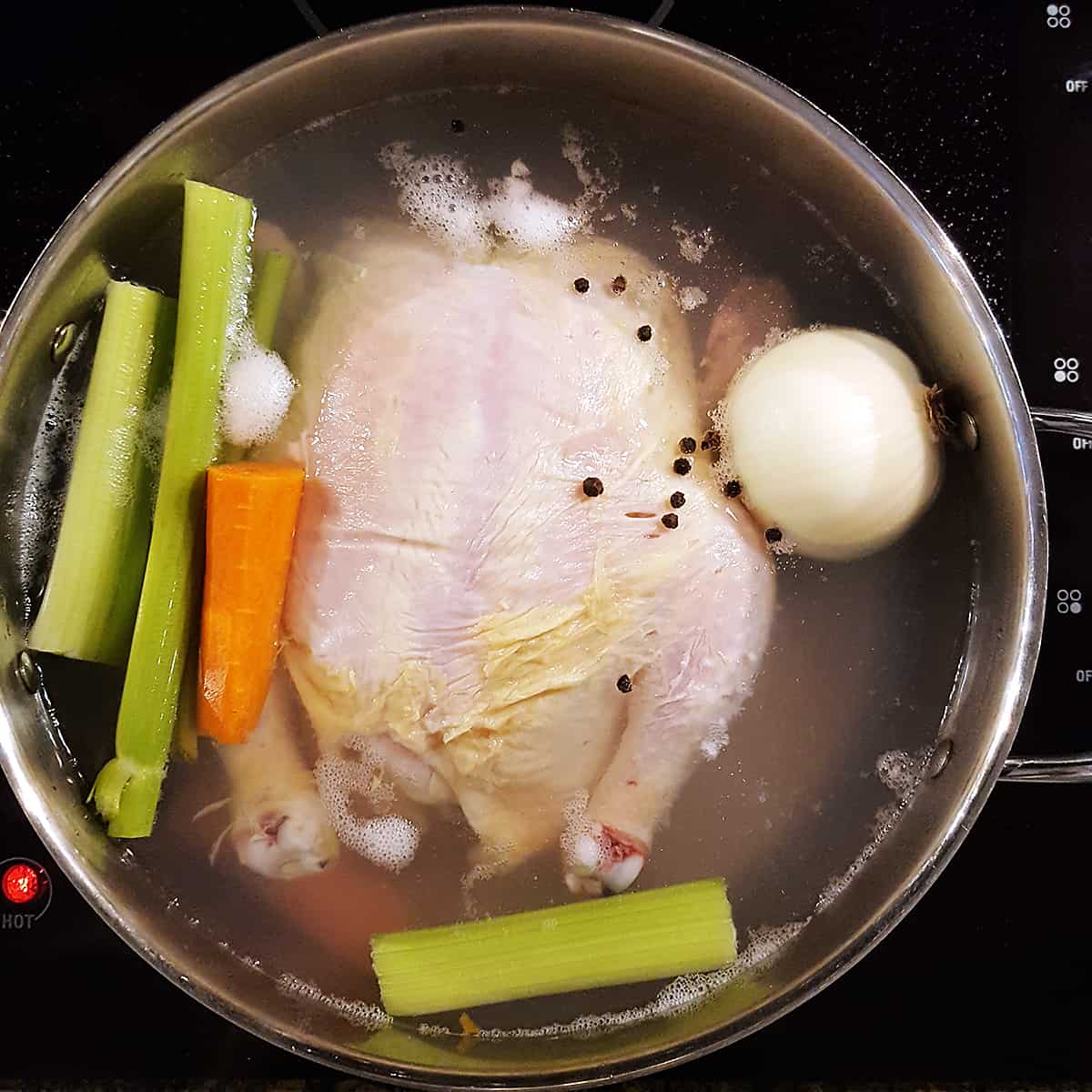How To Fry Fish In Olive Oil
Frying fish in olive oil is a delicious and healthy way to enjoy this popular seafood. Olive oil not only adds a rich flavor to the fish but also provides numerous health benefits. In this blog post, we will guide you through the process of frying fish in olive oil, ensuring that you achieve a crispy exterior and moist, tender flesh.
Here are the steps to fry fish in olive oil:
- Select the right fish: Choose fresh and firm-fleshed fish for frying. Popular options include cod, sole, tilapia, or salmon. Remove any scales, bones, or excess moisture from the fish before starting the frying process.
- Prepare the coating: To achieve a crispy texture, coat your fish with a light batter or breading. You can mix flour with your favorite seasonings, such as salt, black pepper, garlic powder, or paprika. Dredge the fish in the coating, ensuring an even and thin layer.
- Heat the olive oil: Pour enough olive oil into a frying pan to submerge the fish partially. Heat the oil over medium-high heat until it reaches around 350°F (175°C). Using a thermometer can help you maintain the perfect frying temperature.
- Fry the fish: Gently place the coated fish into the hot oil, and be careful to avoid overcrowding the pan. Fry each side for about 3-4 minutes or until it turns golden brown and crispy. Use a spatula or tongs to flip the fish and ensure even cooking.
- Drain excess oil: Once the fish is fried to perfection, carefully remove it from the pan using a slotted spoon or tongs. Place the fried fish on a plate lined with paper towels to absorb any excess oil. This step helps maintain the crispiness and removes any unpleasant greasiness.
- Serve and enjoy: Your perfectly fried fish is ready to be served! Garnish it with fresh herbs, a squeeze of lemon juice, or your favorite dipping sauce. Pair it with a side of steamed vegetables or a simple salad for a well-rounded meal.
Remember, frying fish in olive oil gives it a delectable flavor profile and provides the added health benefits associated with olive oil. Olive oil is rich in monounsaturated fats, antioxidants, and various vitamins, making it a wise choice for frying your favorite seafood dishes.
Now that you know the steps to fry fish in olive oil, you can confidently prepare this mouthwatering dish in the comfort of your own kitchen. Impress your family and friends with your culinary skills and enjoy a flavorful and nutritious meal!
Do you have any other tips for frying fish in olive oil? Share them in the comments below!
Explore More Delicious Recipes and Uses
After mastering the basics of frying fish in olive oil, readers can enhance their culinary skills by trying out a variety of recipes that incorporate this technique. From the light and zesty Crispy Cod and Lemon Aioli Recipe to the robust and flavorful Spicy Snapper with Chipotle Lime Dressing Recipe, there's a dish to suit every palate. For a truly Mediterranean experience, the Mediterranean Tilapia with Olive Tapenade Recipe is highly recommended due to its rich flavors and simple preparation. Each recipe offers a unique twist on traditional fried fish, allowing home cooks to explore new tastes while utilizing their newfound frying skills.
Was this page helpful?
Read Next: How To Fry Bananas Like Plantains
